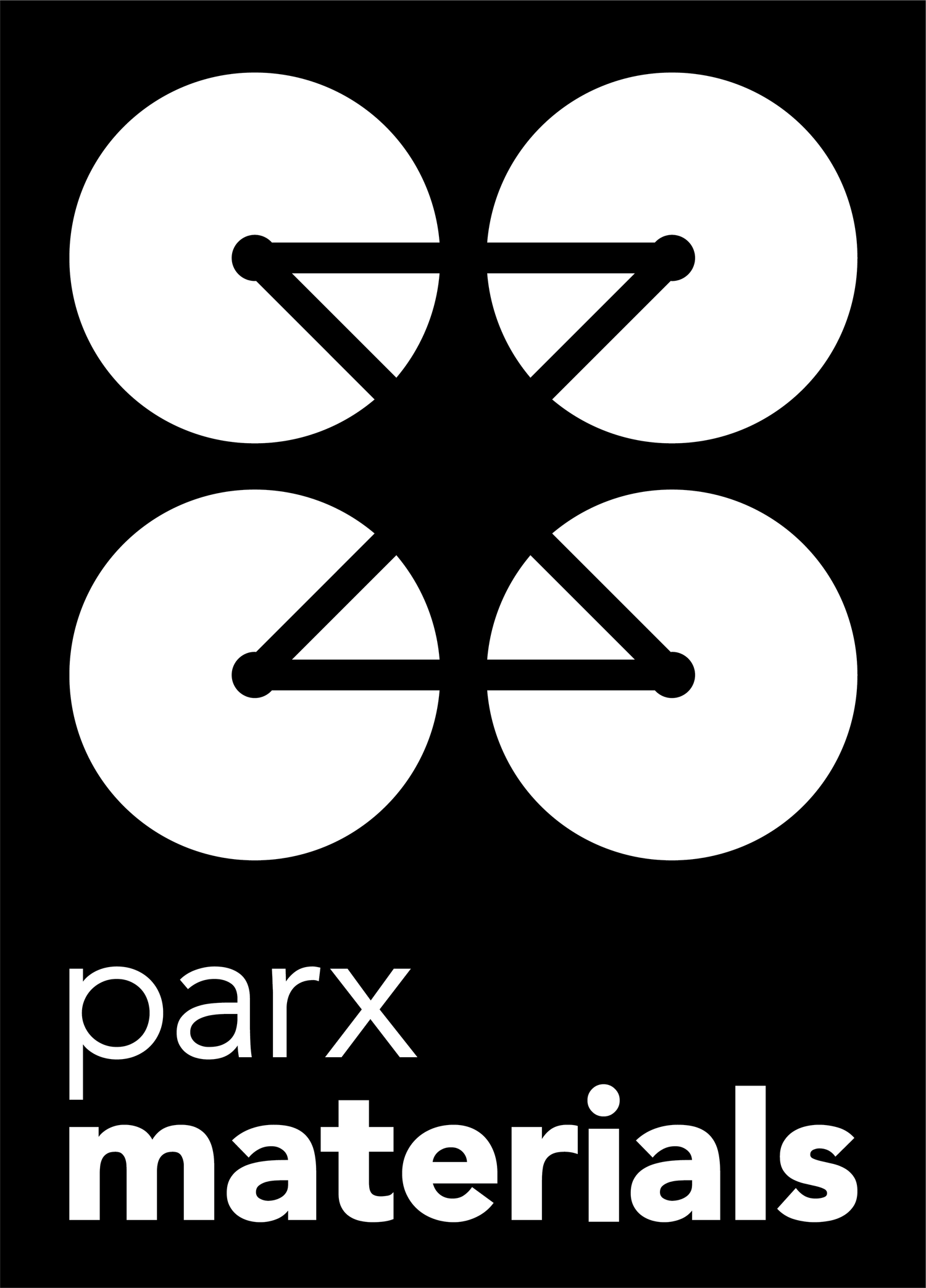Food fresher for longer.
“Why isn’t all food packaged in material like this?” is a question we often get. Why isn’t it? Parx is working hard to make Saniconcentrate™ the ‘golden standard’ for food packaging.
...that means lesser waste.
Keeping food fresher for longer means there are more opportunities to sell, more opportunities to export and more opportunities to consume the food product. Lesser food waste is high on the agenda and we would like to pitch in.
Better food safety.
Lesser bacteria and lesser chance of cross contamination leads to a safer product.
Better quality.
Bad smell can destroy the first impression your customer is getting opening a packaging. That smell may have your customer doubt the quality of the product. Reducing bad odour is a great step to a perfect first impression.
Lesser cross-contamination.
Did you know that there is a very big chance that the chicken packaging you are buying in the supermarket has some nasty chicken bacteria on the outside of the packaging? Putting them in the same bag you are buying your fruit and vegetables withmay lead to cross-contamination and perhaps food poisoning. With a packaging made with Saniconcentrate™ this risk is greatly reduced.
Examples.
Fresh milk put in small containers with and without technology and left outside the refrigerator for 14 days.
Fresh milk kept outside of the refrigerator for 6,5 days, in identical spec plastic bags, one without and one with Saniconcentrate™.
Fresh milk kept outside of the refrigerator for 3 days, in a container made without and with Saniconcentrate™.
Cuttingboard without technology (left/bottom) and made with Saniconcentrate™ (right/top).
Some residue blood from a sirloin steak left inside a plastic bag for approx 3 weeks outside the refrigerator, with Parx Materials technology (left) and without technology (right).
Fastfood tray made from ocean plastic with the addition of Saniconcentrate™.
Bread in a film with (left) and without (right) technology.
Customer trial with different fruits/vegetables packaged in film without (left) and with technologies (right).
Lamb’s lettuce packaged in identical spec plastic bags with (left) and without (right) Parx Materials Saniconcentrate™. Kept outside of the refrigerator for 5,5 days.

Food packaging with
Passive Action Polymer Technology™:
fresh for longer and no more bad odor.
Testimonials.
We asked a couple of specialists to work with food packaging film made with Passive Action Polymer Technology™ and let us know their findings:
Mario Ridder
Michelin-star chef or Restaurant Joelia
Rotterdam, The Netherlands
“We only work with the most beautiful daily fresh products in Joelia and it was therefore to our great surprise that the turbot that we had stored in vacuum for 6 days for this experiment came out of the package as good as fresh. The difference with fresh was "zero", and even after preparation it was of perfect quality."
Maxima Seafood
Martijn Spilt, owner Maxima Seafood
IJmuiden, The Netherlands
"The quality of fresh salmon and tuna that we package starts to decline after 7 days, and that determines the shelf life of the product." says Martijn Spilt of Maxima Seafood, processor of fresh fish from IJmuiden. “In the organoleptic tests that we carried out, the fish in the packaging with this technique was found to receive the highest quality scores after 12 days.In particular, the total absence of odor and leakage moisture was remarkable, in addition, the product had a better color and gloss compared to the pieces packed in foil without technology.”
Oesterput
Piere Devriendt of Restaurant Oesterput
Blankenberge, Belgium
“The fresh ray, a product that often does not hold up well in vacuum packaging, came out of the packaging with technology after 5 days. There is no difference in smell compared to the fresh scent.”
Ruud den Haan
Seth van Dienst of fish shop Ruud den Haan
Rotterdam, The Netherlands
“In our test the difference was 'bizarre', the packaged fresh salmon was so much fresher after 7 days in a pack with technology compared to normal. This provides an important added value for us.”
Storms
Storms shop for fresh fish
Schilde, Belgium
“The difference in our test was impressive! The pieces of fish in the normal packaging were smelling very bad. And the fish in the packaging with technology had much better color, much better gloss and no smell coming from the packaging. The smell was still like fresh fish.”
References.
EU AND US FOOD CONTACT COMPLIANCE CONFIRMED
Zwiers Regulatory Consultancy finalised its evaluation of the safety and compliance of Saniconcentrate™ in food contact applications according to EU and US regulations.
To proof food contact material compliance with EU and US regulation, research has been done for each substance within Saniconcentrate™. Moreover, to proof safety for each of them, regulation and databases of food additives, cosmetic ingredients, handbook of pharmaceutical excipients, CLP regulation (to ensure a high level of protection of health and the environment), regulatory agencies inventories and other sources such REACH, Pesticide and Plant protection product regulation have been consulted.











